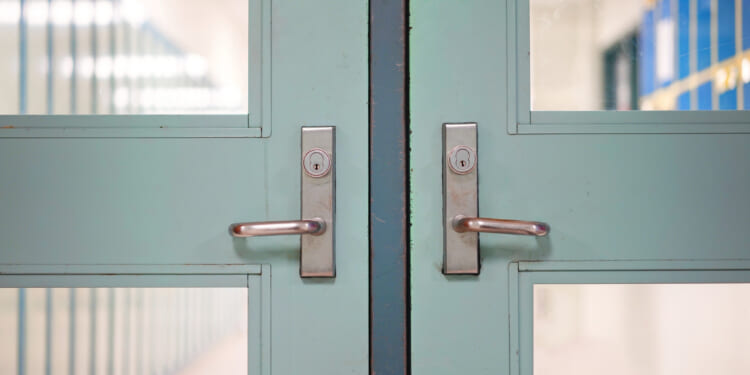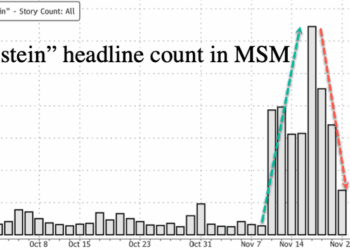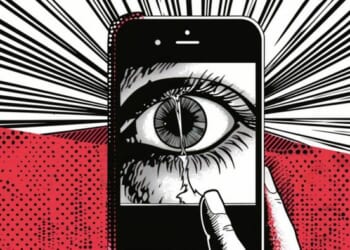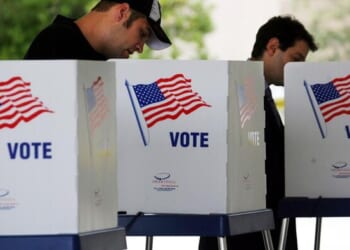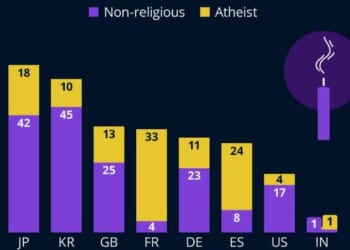School discipline remains an ongoing issue in American education.
From personal experience, I can say that the worst part of teaching is when you can’t do your job because students misbehave—hitting each other, talking to a classmate, being disrespectful, and so on.
I was fortunate that Mr. Thomas, my middle school’s guidance counselor and discipline dean in the 1990s, was old school. He was a former Marine drill sergeant, and when misbehaving students were sent to him, he would make them stand facing the front of the room for an hour or two without talking. He also kept the room a few degrees warmer than necessary. This discouraged students from engaging in antisocial behavior when threatened with a visit to Mr. Thomas. However, few schools have ex-military personnel in the counseling office.
At about the same time Mr. Thomas left my school, Restorative Justice—a touchy-feely, new-age fad—had gained momentum, and still persists. RJ emphasizes “making the victim and offender whole” and involves “an open discussion of feelings.” RJ arose because black students are far more likely to be suspended than students of other ethnicities. The implication here, of course, is that white teachers and administrators tend to be racist. But the racial bean counters never bother to explain why the racial disparity exists even in schools where black principals and staff predominate.
The Positive Behavioral Interventions and Supports regimen was also in force at the time. PBIS aims to create a “framework for creating safe, positive, equitable schools, where every student can feel valued, connected to the school community, and supported by caring adults.”
Additionally, the practitioners claim that by applying “evidence-based practices within a PBIS framework, schools promote students’ academic, social, emotional, and behavioral success, work with families to develop locally meaningful and culturally relevant outcomes, and use data to make informed decisions that enhance overall effectiveness.”
Over the years, I have monitored school discipline issues and can confidently state that these trends have made no difference whatsoever. In fact, they have been counterproductive.
Surveys consistently show that student behavior has declined over the past decade, with school violence and overall classroom disorder now reaching record levels.
A recent EdWeek Research Center poll found that student behavior is getting worse nationwide. The survey results showed that 72% of educators believe students in their classroom, school, or district have misbehaved either “a little” (24%) or “a lot” (48%) more than in the fall of 2019, the last semester before the COVID-19 shutdowns began.
In fact, student misbehavior is currently the leading cause of teachers leaving the profession.
In July, the Manhattan Institute published a report showing that New York City’s implementation of RJ has failed badly. The changes undermine teacher authority and disrupt classroom order rather than improving school climate and promoting equity. They also draw resources away from essential supports.
By examining the city’s policies, financial decisions, and classroom outcomes, the issue brief demonstrates how RJ reforms have led to widespread dysfunction.
Read the rest at For Kids & Country.

